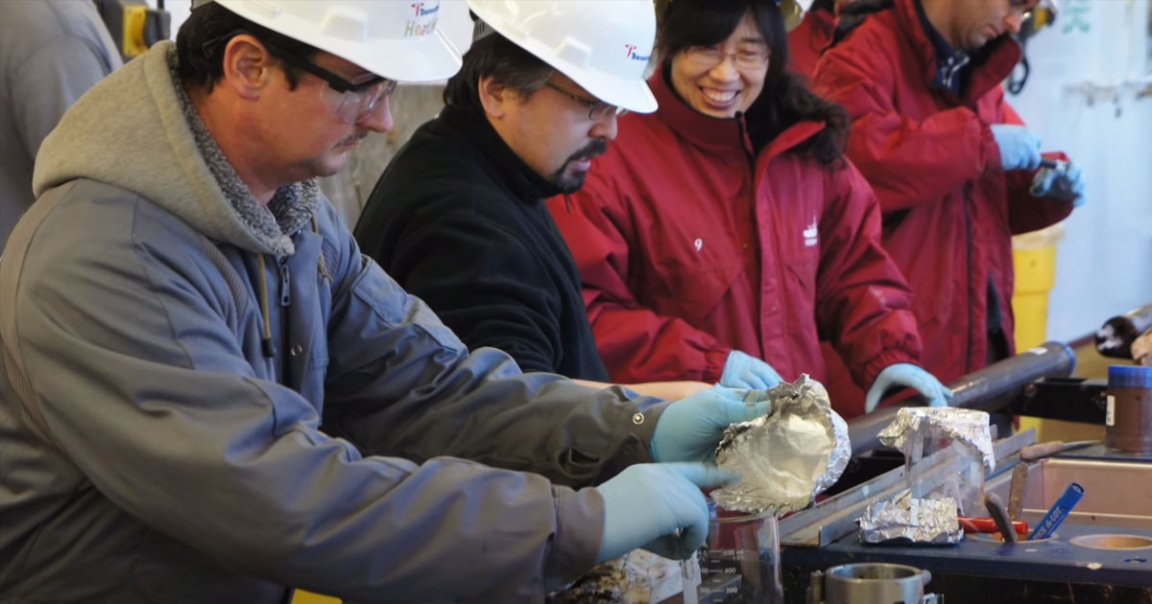
Wakey Wakey
After scientists gave them a little snack, some 101.5-million-year-old bacteria sprang back to life after an extremely long nap.
Researchers from the Japan Agency for Marine-Earth Science and Technology dug up chunks of clay from 70 meters beneath the ocean floor. They injected it with sugar and ammonia and, to their surprise, Ars Technica reports that colonies of bacteria quickly chowed down on the meal. It’s a bizarre discovery, and one that suggests that organisms can survive more inhospitable environments than scientists thought.
Wake Me Up
Most shocking — even more shocking than ancient bacteria surviving this long — is that the bacteria found in the clay were mostly aerobic.
According to the study, which was published Tuesday in the journal Nature Communications, the bacteria needed oxygen to live. Without it, bacterial growth quickly stopped. But there’s almost no oxygen to be found at the seafloor, especially under 70 meters of clay.
It’s Alive!
It’s technically possible that younger, more modern bacteria could have seeped down into the clay, Ars Technica reports, but the scientists think it was too densely packed to allow that.
“What we found was that life extends all the way from the seafloor to the underlying rocky basement,” University of Rhode Island oceanographer and study co-author Steven D’Hondt said in an accompanying video. “And what [lead author Yuki Morono’s] paper now shows is that those organisms are not only alive in the deepest form of sediment, but they’re capable of growing and dividing.”

READ MORE: Bacteria live despite burial in seafloor mud for 100 million years [Ars Technica]
More on ancient history: Scientists Say Ancient Earth Was Completely Covered in Water